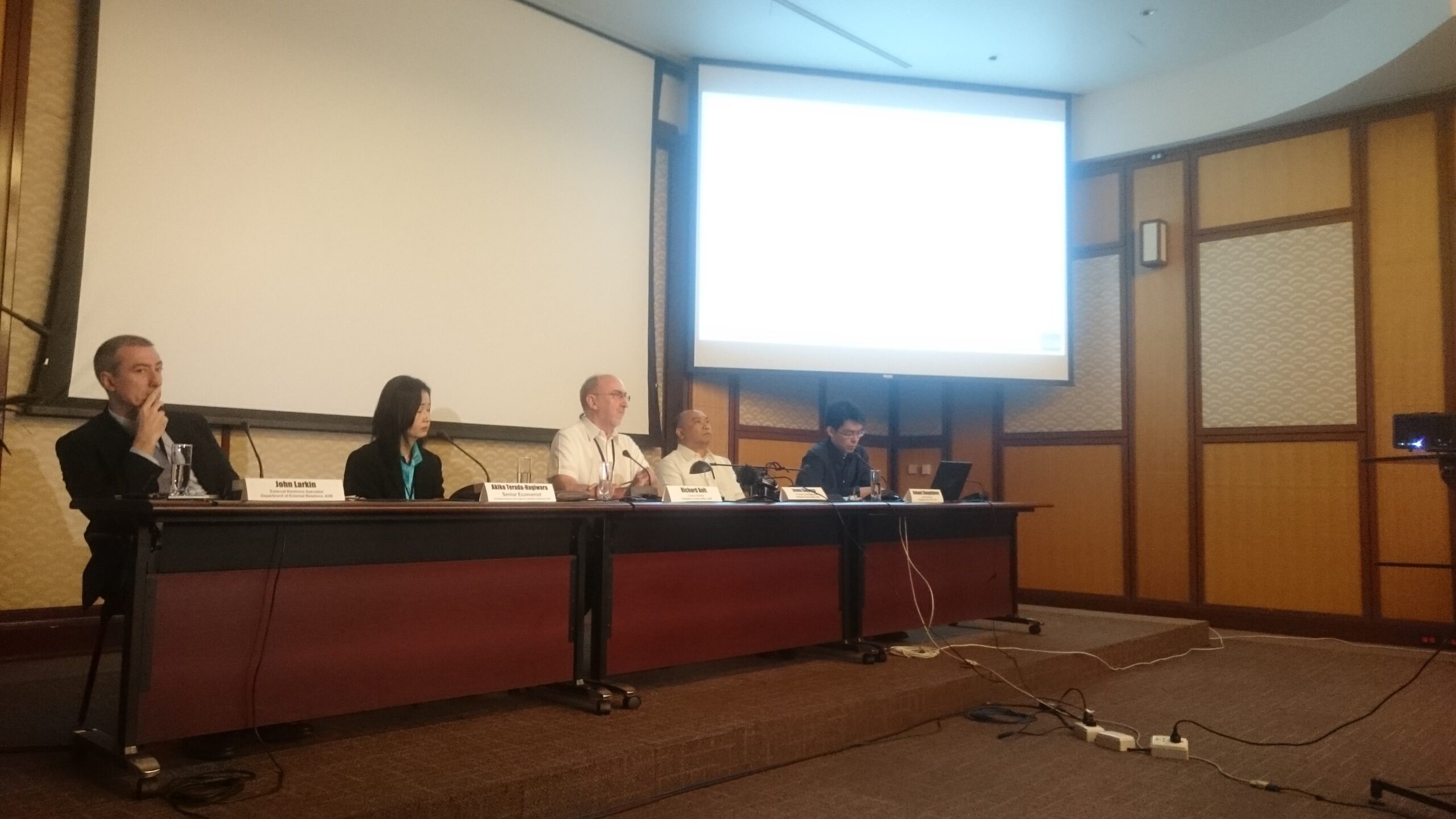SUMMARY
This is AI generated summarization, which may have errors. For context, always refer to the full article.

MANILA, Philippines – The Asian Development Bank (ADB) upgraded its growth forecast for the Philippines on the back of faster than expected investment, continued strong consumption, and prospects of increased infrastructure spending.
In an update to its flagship economic report, the Asian Development Outlook 2016, released on Tuesday, September 27, the ADB upped its gross domestic product forecast for the Philippines to 6.4% for this year from its initial projection of 6% in March.
The ADB also upgraded its GDP forecast for 2017 to 6.2% from March’s projection of 6.1%. It attributed the slight slowdown next year to a slowdown of exports due to a still weak global economic recovery, among others.
“The outlook for the Philippine economy remains strong amid strong and buoyant investment and domestic consumption,” ADB country director for the Philippines Richard Bolt said on Tuesday.
“If successfully implemented, the new government’s development agenda to step up spending on infrastructure, implement tax reforms, and cut red tape will sustain high growth rates and increase job creation,” Bolt added.
The Philippines’ gross domestic product grew by 6.9% in the first half of the year, the fastest among major East Asian economies. This was attributed mainly to election spending and continued consumption which the ADB said is set to continue.
In improving its growth forecast, the ADB highlighted the fact that the ratio of GDP to fixed asset investment reached its highest level in over a decade and that foreign direct investment nearly doubled since the start of this year
It also noted that job creation was boosted during the period, with the unemployment rate falling to 5.4% from the 6.5% in the same period last year.
For the second half of the year, the ADB projects fiscal policy to be expansionary in 2017 with a budget spending net increase of 11.6% over the 2016 level.
It also predicted that the proposed tax reform would improve the business environment and underpin further growth, and that any reduction in tax revenue will be offset by broadening the value-added tax base and increasing oil excise tax.
Going by the numbers
Some of the optimism surrounding the economy has begun to be tempered by the peso weakening against the dollar by 3.5% so far this month, and 23 consecutive days of global funds pulling money out of the Philippine Stock Exchange (PSE).
Standard and Poor’s latest credit report on the country also warned that the economy could be at risk with the concerns over the ongoing war on drugs and growing political uncertainty.
But Aekapol Chongvilaivan, ADB country economist for the Philippines, pointed out that the weakening of the peso can be largely attributed to external factors, particularly the US Federal Reserve’s rate hike widely predicted to happen later this year.
“Now that the US economy is recovering, investors are speculating about an increase in the federal rate and it always creates outflows in developing countries,” he explained.
Chongvilaivan also pointed out that funds generally go to bond and equity markets, but since the bond market in the Philippines is slim, most of the money went to the PSE which is now flowing out.
Bolt also added that the Duterte administration’s 10-point socioeconomic agenda is strong and investors are likely to pay more attention to that than political events.
“We have to look at the numbers, we’re not seeing [political concern] pitching up in the aggregate numbers yet so I think we need to separate what is perceived to be political from the economic performance. The economic performance is still strong,” he said.
The updated outlook predicted services as the key growth driver for the rest of the year and 2017, particularly trade, the outsourcing sector, and tourism which saw a 13% increase in arrivals.
It also points at weaker than expected demand affecting major Philippine export markets and a still weak agricultural sector as key risks.
The updated outlook sees growth in Asia as a whole to remain steady with growth forecasts unchanged at 5.7% for both this year and 2017. Southeast Asia is forecast to grow at 4.5% in 2016 and is expected to benefit from a pickup in demand in advanced economies in 2017.
The ADB projects a delayed recovery affecting developed economies. It trimmed its forecast for the Uited States, Euro Area, and Japan to 1.4% in 2016, and to 1.8% in 2017. – Rappler.com
Add a comment
How does this make you feel?
There are no comments yet. Add your comment to start the conversation.